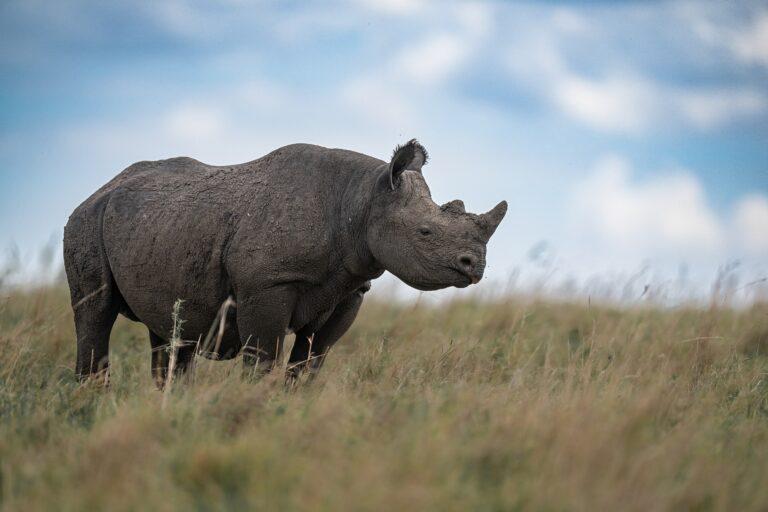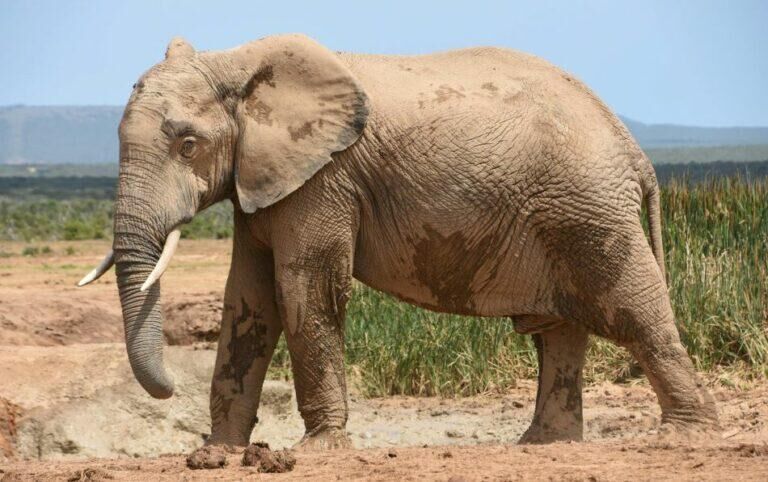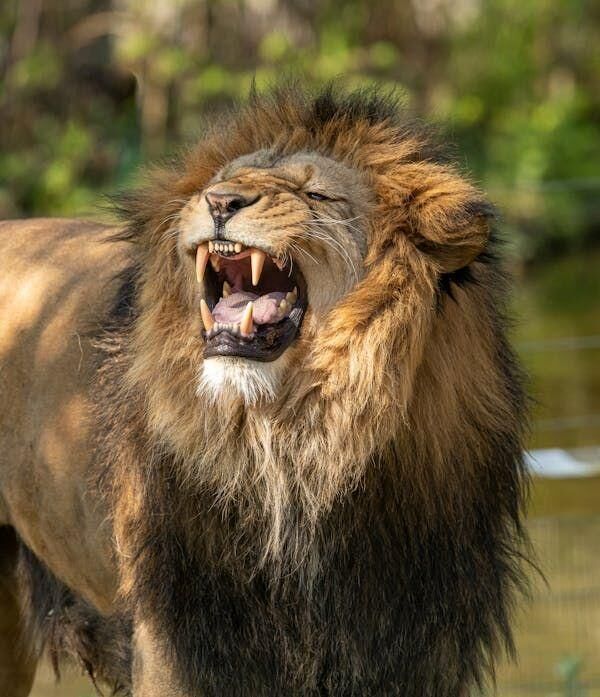Africa’s wildlife is renowned worldwide for its diversity and splendour. Among the most celebrated are the Big Five: lion, leopard, elephant, rhinoceros, and Cape buffalo. These African game animals earned their title not for their size but for the challenge they historically posed to hunters. Today, they are icons of conservation and a major attraction for wildlife enthusiasts. Let’s explore these magnificent creatures and their significance in Africa’s rich ecosystem.
[DYNAMIC-BLOGTABLEOFCONTENT]
What Are the Big Five?
The term “Big Five” originates from the hunting community, referring to the animals that were the most difficult and dangerous to hunt on foot. Now, it is a term of admiration and awe, symbolising Africa’s incredible biodiversity and the importance of protecting these species.
1. The Lion
The lion, often called the “king of the jungle,” is one of the most recognisable African game animals. Found in savannas and grasslands, lions live in prides that consist of a few males, females, and their cubs. These apex predators play a vital role in maintaining the balance of ecosystems by controlling herbivore populations.
- Habitat: Lions primarily inhabit regions with dense grasslands, savannas, and open woodlands.
- Diet: Carnivorous, they hunt medium to large-sized animals such as zebras, antelopes, and wildebeests.
- Conservation Status: Vulnerable. Human-wildlife conflict and habitat loss remain significant threats to their survival.
2. The Leopard
Known for its spotted coat, the leopard is a master of stealth. These elusive predators are solitary creatures, often seen lounging in trees where they stash their prey.
- Habitat: Leopards adapt to various environments, from savannas to rainforests and even semi-deserts.
- Diet: Opportunistic hunters, they prey on a wide range of animals, including birds, small mammals, and larger ungulates.
- Conservation Status: Vulnerable. Leopards face threats from poaching and habitat encroachment.
3. The African Elephant
African elephants are the largest land animals on Earth. Their intelligence, strong family bonds, and crucial role in ecosystems make them a keystone species.
- Habitat: Found across savannas, forests, and deserts.
- Diet: Herbivorous, consuming grasses, bark, and fruits.
- Conservation Status: Endangered. Poaching for ivory and habitat fragmentation are the main challenges for elephant populations.
4. The Rhinoceros
Both black and white rhinoceroses are included in the Big Five. These animals are distinguished by their size and the iconic horns that make them targets for poachers.
- Habitat: Grasslands and savannas.
- Diet: Herbivorous, grazing on grasses and shrubs.
- Conservation Status: Critically Endangered (black rhinos) and Near Threatened (white rhinos). Anti-poaching efforts are crucial for their survival.
5. The Cape Buffalo
The Cape buffalo, also known as the African buffalo, is known for its unpredictable temperament. These animals often move in herds and are formidable when threatened.
- Habitat: Swamps, grasslands, and forests.
- Diet: Grazers that feed on grass and other vegetation.
- Conservation Status: Least Concern. Although they are not endangered, they are vulnerable to diseases and hunting.

Why Are the Big Five Important?
Conservation Efforts
The Big Five are flagship species for conservation. Their protection ensures the survival of other species and the health of ecosystems. Many African nations invest heavily in wildlife reserves and anti-poaching measures to preserve these animals.
Tourism and Economic Impact
Wildlife tourism significantly contributes to the economies of African countries. Tourists flock to national parks and game reserves for the chance to see the Big Five, creating jobs and funding for conservation projects.
Ecological Role
Each member of the Big Five plays a crucial role in their ecosystems. Lions and leopards maintain balance as apex predators, elephants shape landscapes by creating water holes and clearing vegetation, and herbivores like the Cape buffalo and rhinos help in seed dispersal and vegetation management.

Challenges Facing the Big Five
Despite their iconic status, African game animals face numerous threats:
- Poaching: Ivory, horns, and skins make them targets for illegal trade.
- Habitat Loss: Urbanisation, agriculture, and deforestation reduce their natural habitats.
- Human-Wildlife Conflict: As human populations grow, encounters with wildlife become more frequent, often leading to fatalities on both sides.
- Climate Change: Shifts in climate patterns impact food and water availability, disrupting ecosystems.
How You Can Help
Conservation requires global efforts. Here are some ways to support:
- Support Ethical Tourism: Visit certified reserves that prioritise animal welfare.
- Donate to Conservation Organisations: Organisations like the African Wildlife Foundation and WWF actively work to protect the Big Five.
- Spread Awareness: Educate others about the importance of preserving African game animals.
- Choose Sustainable Products: Avoid products made from animal parts and opt for eco-friendly alternatives.
- Volunteer: Participate in conservation projects to make a direct impact.
Conclusion
The Big Five are more than just African game animals; they represent the beauty and complexity of Africa’s wildlife. Protecting them ensures the preservation of entire ecosystems and the survival of countless other species. By understanding their roles, challenges, and significance, we can contribute to a sustainable future where these magnificent creatures thrive.
